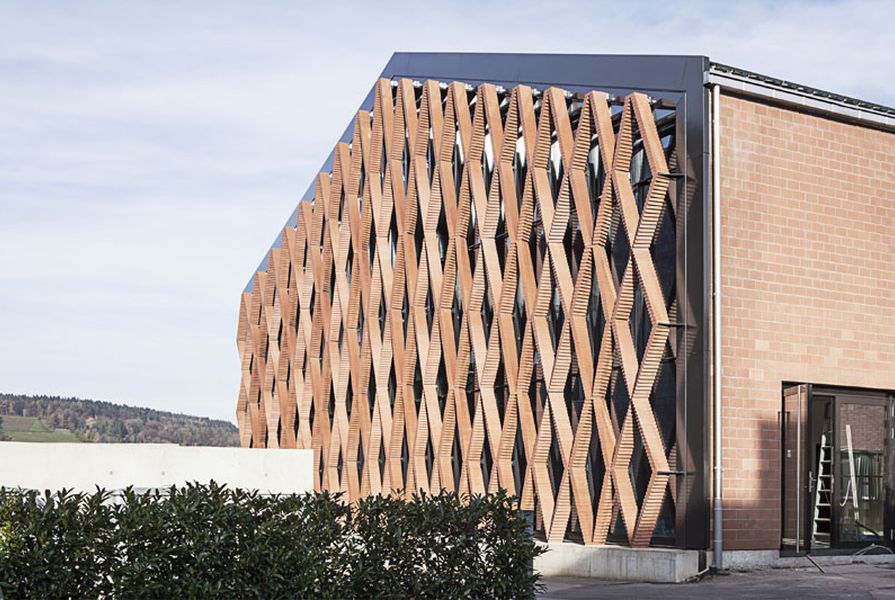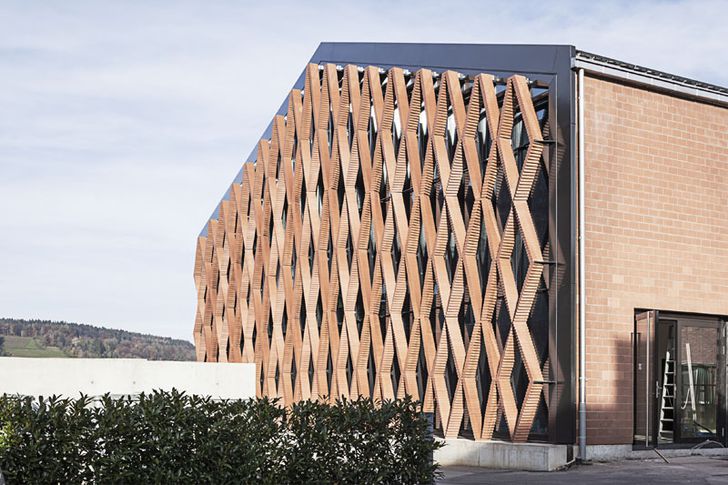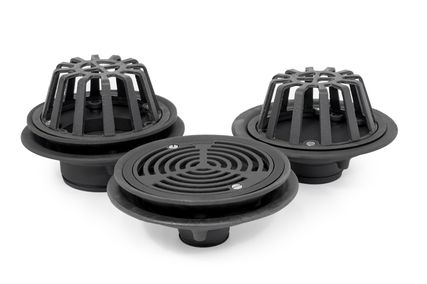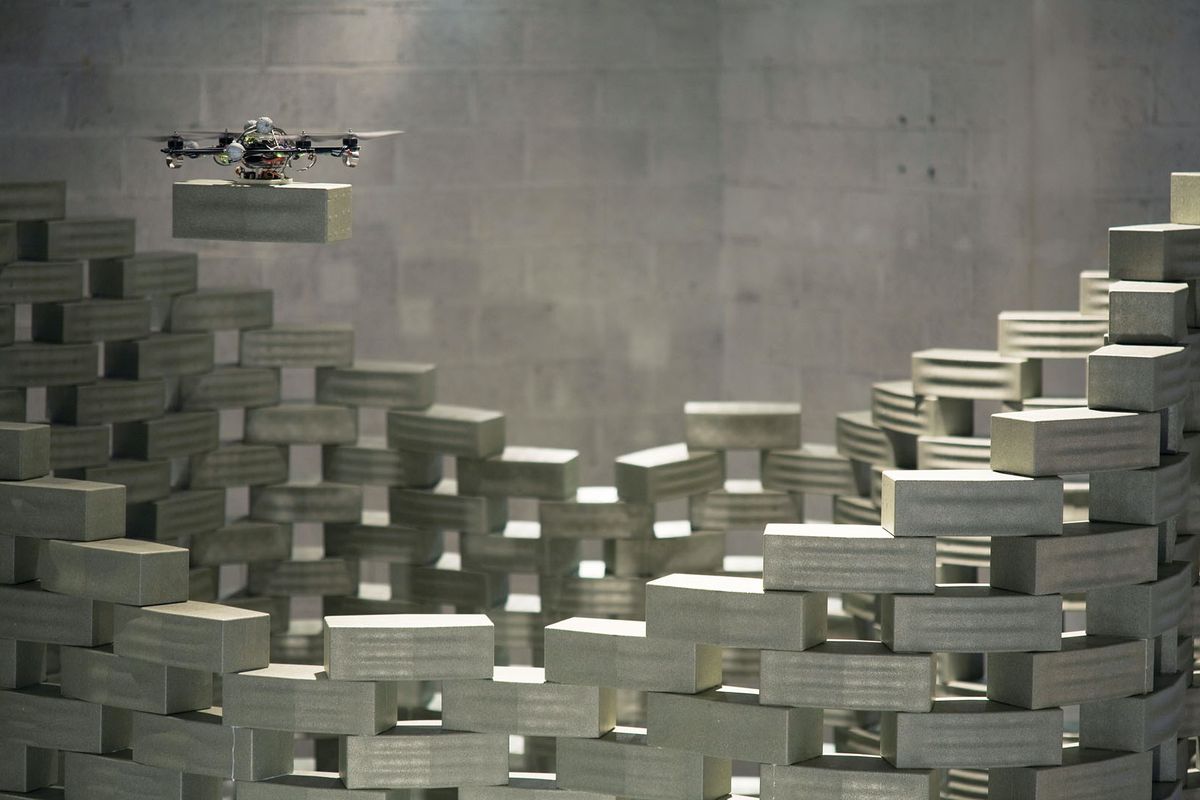Robert Beson: I’d like to talk with you about a number of things related to materiality, but in particular, the relationship between your work in practice and your research in the academy. You started the practice in 2000. How did you and your colleague Fabio Gramazio move into the professorial chair for architecture and digital fabrication at the ETH?
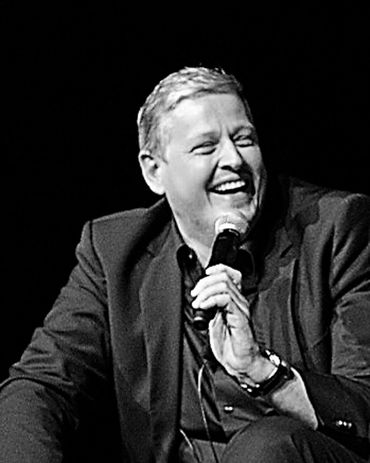
Matthias Kohler at the Material conference in Melbourne 2013.
Image: Peter Bennetts
Matthias Kohler: When we started the office we were actually doing quite a lot of experimental projects. At that time we would have called it research. So we were researching from the beginning of our practice. We preferred to do this than the usual thing in architectural practice – competitions. We were exploring materials and CNC processes, et cetera. For example, one of our early projects allowed people to design and order a table on their mobile phone. It was this particular attitude towards research that resonated somewhat with the ETH when they announced the position.
RB: That’s a great start. How long have you been there as chair?
MK: Since 2005.
RB: Eight years seems like a short time for the amount of work that you have carried out?
MK: Yes. It has been a tremendous amount of years, it was really great. We have grown quite a bit as a research group; we’re almost thirty people. That’s counting all the people there within the group and we don’t want to grow more. We actually want to shrink to a certain level, so it has been very successful in terms of research.
RB: How do you structure the research group?
MK: It took us a while to figure out how to have a structure that is relatively flat, but still has some necessary kind of power keys or organization, which is operative. It’s important that we focus on an empiric and material research primarily, and it is a key issue that we can really build and learn through making, and when you grow this is not so easy to maintain. You have to actively cultivate a collaborative spirit and a spirit of making in terms of the research group.
RB: There seems to be two basic challenges facing an organization that creates knowledge: one is to organize an office or culture that creates knowledge, the other is to maintain the knowledge created. In practice one often builds up knowledge, a lot of which will dissipate and disappear. How do you maintain the knowledge in your organization?
MK: The way that we maintain knowledge, primarily, is through people. And I think what honours me most, if we’re successful in doing that, is that people stay with us for a long time. I’m very glad that quite often we have people that stay six years or so, and that’s a real quality because that’s where researchers overlap and transfer knowledge in an informal way. Another concern is the more specific knowledge of software and operating the robots. There we seek modes of consolidating certain knowledge. For example, we are working on a kind of software framework that we could use collaboratively. Until now, we haven’t done that. It is one of our endeavours so not everyone needs to start from scratch. If that works it is something that we’re happy to share with the broader community because it helps everyone.
RB: How do you view the relationship between work done on the computer versus the physical output of making?
MK: We’ve seen a lot of misconceptions happening when you think about something and you imagine how the work would be perfect once you model it in the computer and you imagine a certain process to happen. But there’s really a tremendous knowledge gain in the process of making itself. The challenge, then, is to capture that knowledge and bring that back into the design process. That is ultimately what is interesting to us as architects: how do we understand the creative potential of making, but also the systematic aspects of it in the sense of a tectonic culture for the design of architecture.
RB: Do you bring a lot of the work from the academy into practice? How do the two (research and practice) influence each other?
MK: We do attempt to look at the work in the practice and the research synergistically. However, although we attempt to synthesize the two, in Switzerland they remain quite separate as opposed to certain practice-based PhD models in Australia, where practice and academia can officially overlap. We will often bring topics from the architectural practice into research, and then later try to feed that back into the practice. Otherwise, from an architectural perspective, there is the risk of research for the research’s sake. And what we figured out, if I may take an example with the bricks, is that there’s a huge latency between when we start researching a certain topic, or material system, and when it finds its way back on to the market through an industry partner, which then allows you to use that material again in practice.
Freestanding brick screen for new facade of Keller brickworks in Pfungen done with Gramazio & Kohler’s robotic construction techniques.
Image: Claudia-Luperto
With the bricks, it took seven years through a couple of proof-of-concept works, and two research grants to develop a facade system with the brick manufacturer (Keller AG Ziegeleien) that enabled them to invest in a robotic production facility. And now there is at least one brick manufacturer who has these capabilities. They are offering those products on the market now, so you as an architect, or anyone else, can use that. So there is a point when it all comes together again but it took seven years of research to get to there.
Note: The video below (courtesy Gramazio & Kohler) shows the making of the freestanding brick screen (in front of a glass facade) for Keller brickworks in Pfungen. The bricks are positioned and glued together by robot in a manufacturing process called ROBmade.
RB: Is it a goal to transfer technology into industry?
MK: Definitely, yes; however, our ambition is not to develop industrial processes. The primary goal is to transform the architectural practice. The impact that making and the physical act of construction can have on the design of architecture is strengthened by bringing those capacities to produce directly into contact with the design process. From an architectural design point of view, one is quite removed from the making and there are a lot of redundancies in the process of construction documents, plans, and tendering, et cetera. A large premise of these technologies is that now you can be much closer to the process of making. The line that you draw or the program that you write is literally the instruction for making. I think this leads to change. It is a big opportunity for architecture, and that’s why we want this industry transfer to happen. So we’re interested as architects to define and conceive our own technologies. I think as a profession it would be interesting that architects define their own technologies instead of just waiting for industry to come up with something.
RB: In what direction is the research focussed at the moment?
MK: Basically we would like to add information and complexity as we build. We want to shorten the process chain of making. I think the most interesting processes are when the whole process chain can become shorter. Since our core research is on additive fabrication: assembly or aggregation of materials; we want to make sure that at the moment of aggregation we insert information which you couldn’t do by hand at that point. Otherwise the building with robots would just be for pure automation of manual tasks which we are not so interested in. If you have all the information in a component why are you dealing with a robot? So I would not say subtraction is not relevant to architecture or complex prefabrication of parts is not relevant to architecture. I think that very much depends on the project. But our particular research is on additive processes and follows the idea to put material exactly where it’s needed, ideally, without any form work or any waste, and with adding information at the moment of building. This would be the ideal case.
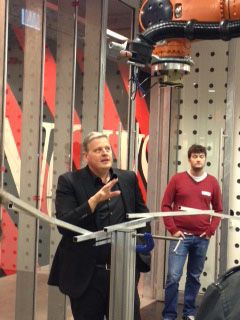
Matthias Kohler at the DFAB workshop at RMIT Design Hub, done in association with Jason Lim and Ammar Mirjan for the Material conference in Melbourne, 2013. Robots joined linear bars into 3-dimensional structures; their six degrees of freedom resulted in highly differentiated arrangements, showing how digital design tools integrated into production processes are enabling novel forms of architectural materialisation.
RB: How did you decide to move towards additive fabrication of parts?
MK: It came as a counter-reaction to the developments with CNC fabrication at the end of the 1990s. I had been project leader for Greg Lynn’s Venice Biennale installation in 2000. It was half of the embryologic house. I happened to be in the workshop when it was produced and it was milling away tonnes of material for hours and hours. Witnessing those kinds of processes, and having done our own experimentation of subtractive processes, which I think still yields a lot of really great potentials, allowed me to see the limits, certainly of scale. How do you scale up those processes without producing enormous amounts of working hours and of waste? If you look at architecture, it’s all composed from elements that are assembled with one another. We thought that there is an inherent limitation in those techniques if you think at the scale of spaces, larger architectural building elements, or even big buildings, and that’s why we decided to focus the research on additive processes. This is also what led us to the robot, because there was no machine to start to add materials. So the robot was the versatile machine to do that.
RB: And the helicopter, the videos of the helicopter have a lot of people very excited?
MK: Yes, it’s great. What’s so great is that you immediately start to think not in terms of one robotic arm or system but in multiples, in swarms. When I was at the opening of the Flight Assembled Architecture exhibition in Orléans, it was really interesting because you were basically looking at those machines building this six-metre-high tower and it felt almost natural that they could do this. It was really a fantastic moment. It was a moment where the technology didn’t seem so foreign or alien to those processes. So the idea of just literally lifting the material where it wants to go is very nice. Obviously there are inherent limitations. There will need to be a lot of research done to see if it’s possible to really make that a viable architectural construction principle. We currently have a research project called Aerial Constructions in which we look at lightweight constructions. We are working with rope systems on one side and lightweight space frame structures on the other. However, it will certainly take another two or three years until we can answer questions like what this kind of constructive logic might be, how it will affect the constructive systems and what it means for the robotic system to actually do that. Currently, for example, the robotic system that Raffaello D’Andrea developed can only lift 100 grams. So there will be some time to get it to an architectural scale.
RB: How do you decide on a new research project? It’s not driven by commercial considerations?
MK: Not at all. It’s driven by architectural curiosity primarily. We follow certain material efficiencies, and degrees of freedom in terms of architectural expression and design. This means then, that you can weave in expressive features, but also weave in functional performances. We are looking for open fabrication and constructive systems. The real interest is then how do we design with those systems and ultimately what kind of architecture could come out of that.

